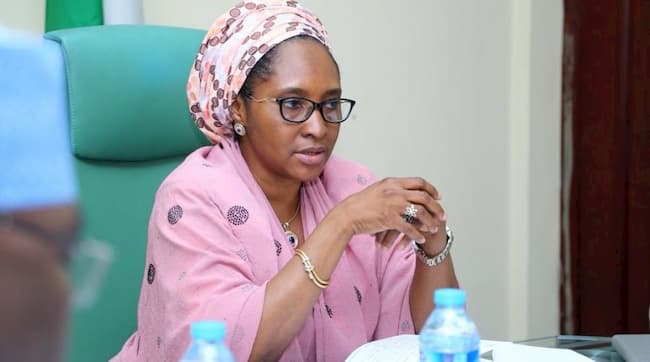The Federal Government intends to fund the proposed 2022 budget deficit with N4.89 trillion foreign and domestic loans.
This was contained in the 2022-2024 medium-term expenditure framework/ fiscal strategy paper (MTEF/FSP), approved by the Federal Executive Council (FEC) on Wednesday.
The Minister of Finance, Budget and National Planning, Zainab Ahmed told journalists after the weekly meeting that the Federal Government’s forecasted budget deficit for 2022 is N5.62 trillion, up from N5.60 trillion in 2021.
The Minister stated that the deficit would be financed by fresh local and international loans including other sources.
“This amount represents 3.05% of the estimated GDP, which is slightly above the 3% threshold that is specified in the Fiscal Responsibility Act,” she said.
“The FRA empowers Mr. President to exceed the threshold in his opinion, the nation faces national security threats. And it is our opinion on fact agreed that we can exceed.
“The deficit is going to be financed by new foreign borrowing and domestic borrowing, both domestic and foreign in the sum of N4.89 trillion on privatization proceeds of N90.73 billion and drawdowns from existing project tied loans of N635 billion.”
READ ALSO: Nigerian Newspapers: Latest Business News Headlines For Today July 8, 2021
Zainab disclosed that the projected debt to revenue ratio in the report is 43 percent.
“We know Nigerians all have concerns about the actual debt to revenue ratio in 2019 was 58%. So, this is an improvement over the preceding 2019. In 2020, the ratio was up to 85%. So 2022 is a significant improvement,” Ahmed said.
In terms of expenditure, Ahmed said the FEC approved an aggregate of N13.98 trillion, which is 3% higher than the 2021 budget.
“We have also presented to the federal government the projected revenues for 2022 to 2024. Specifically for 2022, the revenue that we expect is N6.54 trillion and 2.62 trillion to accrue to the federation account on VAT, respectively,” she added.
In 2020, the federal government also exceeded the 3 percent fiscal borrowing threshold because of the COVID-19 pandemic.














